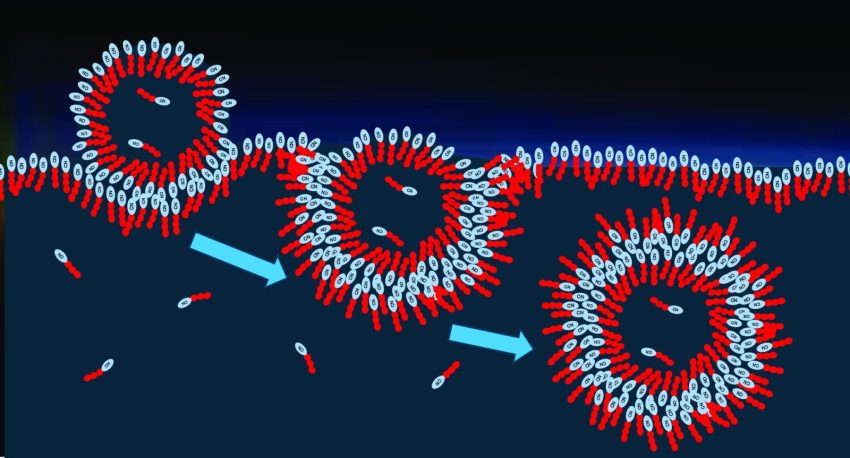Unveiling the Mystery of Titan’s Hydrocarbon Lakes
Titan, Saturn’s largest moon, has long captured the imagination of scientists due to its unique and complex environment. While Earth is the only known planet where life exists, Titan presents a fascinating alternative. Its hydrological cycle is dominated by methane and ethane rather than water, creating a world that is both alien and intriguing. Recent research suggests that this distant moon may hold chemical processes capable of forming structures similar to primitive cells, offering new insights into the conditions that could support life.
A World Unlike Any Other
Titan’s atmosphere is dense and composed primarily of nitrogen and methane, with surface temperatures averaging around -292°F (-180°C). Unlike Earth, where liquid water is essential for life as we know it, Titan’s lakes and seas are filled with liquid hydrocarbons. This environment, while seemingly inhospitable to life as we understand it, may still be conducive to complex organic reactions.
The Cassini mission provided critical data about Titan’s dynamic weather systems. Methane rains fall onto the surface, carving rivers and feeding vast liquid expanses. Under the influence of solar radiation, these molecules break apart and recombine into more complex compounds. These processes could lead to the formation of vesicles—molecular envelopes that resemble cell membranes.
The Formation of Vesicles on Titan
One surprising mechanism for vesicle formation involves methane raindrops. When these droplets fall onto lake surfaces, they splash and release tiny hydrocarbon droplets into the air. As these droplets descend, they interact with special molecules known as amphiphiles. These molecules have a hydrophilic part, which is attracted to liquids, and a hydrophobic part, which repels them.
On Earth, amphiphiles naturally form microscopic bubbles in water. On Titan, they might do the same in hydrocarbons. By clustering around droplets, these molecules could create a protective double layer, forming small, stable spheres. These structures would function as tiny pockets, resembling the first “protocells” that may have preceded life on Earth.
Implications for Understanding Life’s Origins
The way amphiphiles behave on Titan highlights an important difference from Earth. While on our planet, these molecules organize in water, on Titan, their interaction with hydrocarbons could drive their aggregation. This suggests that alternative pathways to chemical complexity may exist throughout the Solar System.
The upcoming Dragonfly mission, scheduled for 2028, will explore Titan’s chemistry without directly examining its lakes. Instead, it will analyze the organic composition of the surface, providing valuable information about prebiotic processes at work. For researchers, the discovery of these vesicles represents a significant step toward understanding how matter can self-organize, even in the absence of liquid water.
Expanding Our Understanding of Life
This research strengthens the idea that life could emerge in environments vastly different from our own. It challenges the notion that water is a prerequisite for life and opens new possibilities for astrobiology. Titan’s unique conditions offer a natural laboratory for studying the chemical processes that may have led to the emergence of life.
By exploring the potential for life in such extreme and unfamiliar environments, scientists continue to expand our understanding of what it means to be alive. Titan, with its hydrocarbon lakes and complex chemistry, may hold clues to the origins of life—not just on Earth, but across the universe.
